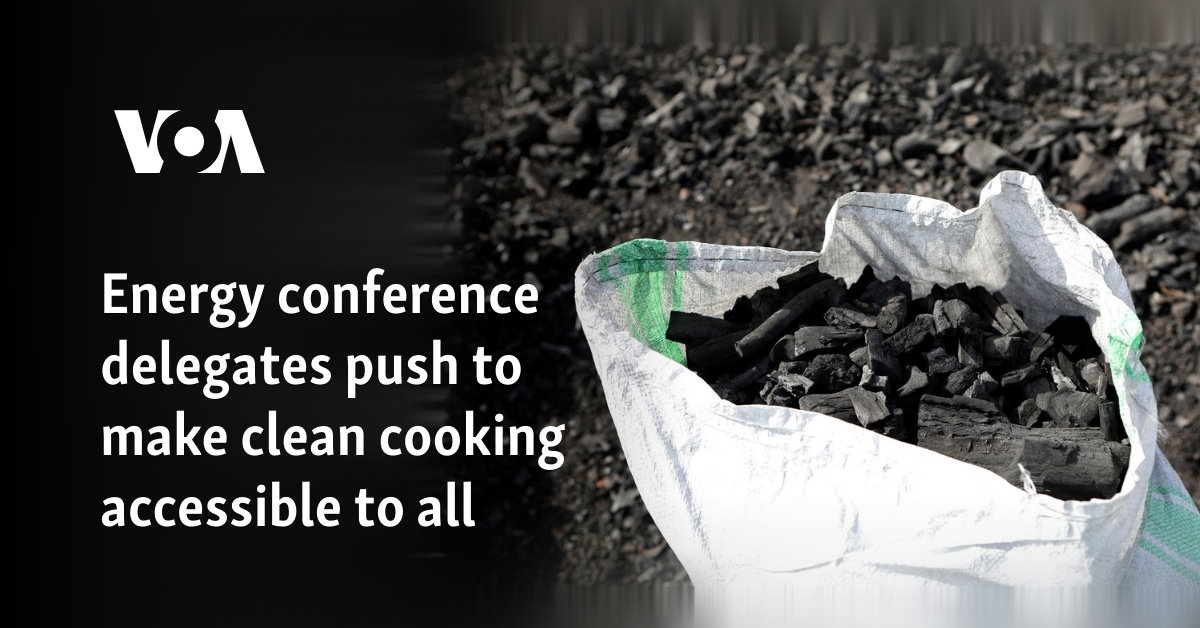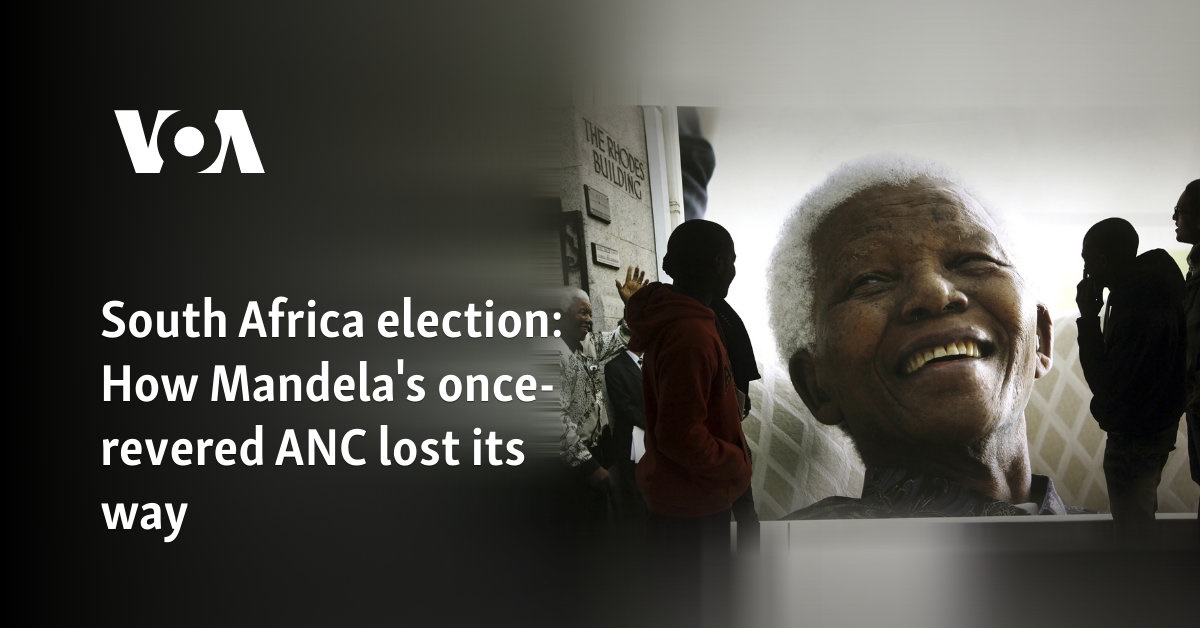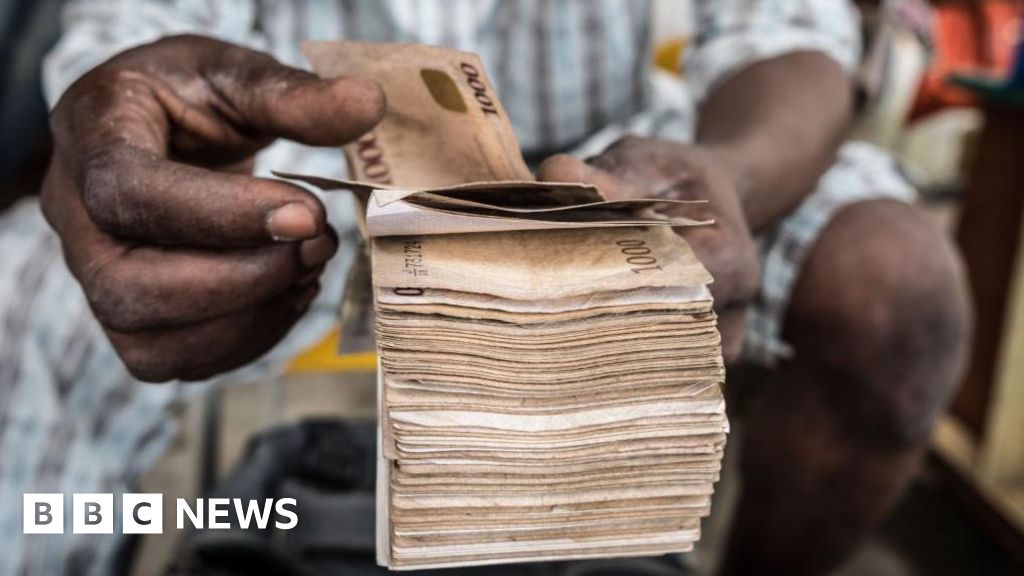
Energy conference delegates push to make clean cooking accessible to all
Participants at a global conference on how to reduce the world's energy use called for universal access to clean cooking through government incentives and subsidies to unlock more private sector funds.
The Paris-based International Energy Agency's ninth annual conference on energy efficiency, held Tuesday and Wednesday in Nairobi, brought together ministers, CEOs and thought leaders from around the world to discuss how to speed up progress on energy efficiency, which experts say can drastically reduce planet-warming emissions. How to deliver affordable clean cooking, which involves using electricity, solar and other solutions instead of more polluting fuels like charcoal, wood and kerosene, was on the agenda.
"There are many practical barriers to energy efficiency, and of course the barrier of the need for investment up front," said Brian Motherway, head of IEA's office of energy efficiency and inclusive transitions. "The key to unlocking efficiency is in the hands of governments. Strong, coordinated policies by governments will unlock finance and enable business and consumers to take the actions required to lower their bills."
This year's conference focused on accelerating progress toward doubling energy efficiency by 2030 as agreed upon by governments at the COP28 climate change conference in 2023.
Rashid Abdallah, executive director of the Africa Energy Commission, said at a panel discussion on Tuesday that "clean cooking should be part of any energy policy" or socioeconomic development plan.
Globally, around 2.3 billion people cook using solid biomass fuel – such as wood and charcoal – and kerosene. In Asia, 1.2 billion people lack access to clean cooking facilities, and in Africa, more than 900 million people use biomass as their primary energy source. These energy sources release harmful toxic fumes and smoke that lead to illnesses and deaths and contribute to climate change.
There's also evidence that household air pollution from cooking with dirty fuels can lead to diabetes and adverse pregnancy outcomes such as stillbirth and low birth weight, said Matt Shupler, a postdoctoral fellow at the Harvard T.H. Chan School of Public Health. "There are many known health effects," he said.
Cleaner alternatives include electric and ethanol cookers that emit fewer pollutants.
High prices are an obstacle to making clean, green and affordable cooking available to all, but positive trends are emerging in the sector, with investment in clean cooking enterprises surging to an all-time high of $215 million in 2022 and the number of clean cooking enterprises with revenue exceeding $1 million growing to 11 that same year, according to a report by the Clean Cooking Alliance.
Despite this progress, a huge capital gap remains in achieving universal access to clean cooking by 2030. IEA estimates that $8 billion will be needed annually as investment in clean cooking stoves, equipment and infrastructure to meet the goal.
One of the countries that have significantly scaled up affordable, high-quality, clean cooking is Indonesia. In 2007 the government started implementing a program to transition its primary cooking fuel from kerosene to liquefied petroleum gas. The proportion of the population with access to clean cooking doubled from 40% in 2010 to 80% in 2018. Regulation and incentives have been key to the program's success, said Dadan Kusdiana, secretary-general of the Ministry of Energy and Mineral Resources.
"What we do is to provide the energy with affordability," he said at a panel discussion on Tuesday. "They need this kind of energy, but they can't afford it at the commercial price."





